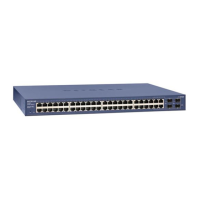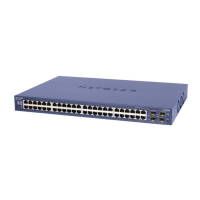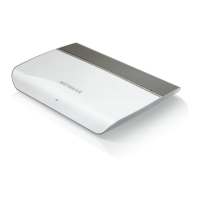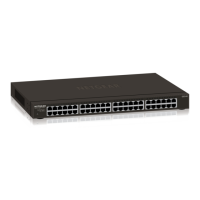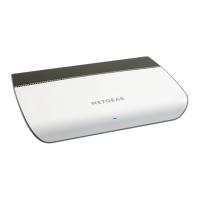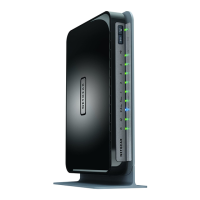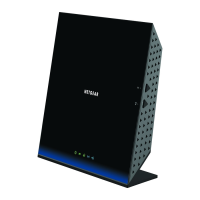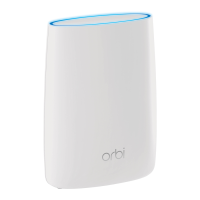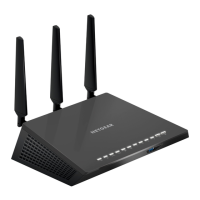Troubleshooting Chart
The following table lists symptoms, possible causes, and possible solutions for problems that might occur.
Table 3.Troubleshooting chart
Possible SolutionPossible CauseSymptom
Check the power cable connections at the switch
and the power source.
Make sure that all cables are used correctly and
comply with the Ethernet specifications.
Power is not supplied to the
switch.
Power LED is off.
Check the crimp on the connectors and make sure
that the plug is properly inserted and locked into the
port at both the switch and the connecting device.
Make sure that all cables are used correctly and
comply with the Ethernet specifications.
Check for a defective port, cable, or module by
testing them in an alternate environment where all
products are functioning.
Port connection is not working.A combined speed and activity
LED is off when the port is
connected to a device.
Break the loop by making sure that only one path
exists from any networked device to any other
networked device. After you connect to the switch
web management interface, you can configure loop
prevention to prevent network loops.
One possible cause is that a
broadcast storm occurred and
that a network loop (redundant
path) was created.
File transfer is slow or
performance is degraded.
Verify that the cabling is correct.
Make sure that all connectors are securely positioned
in the required ports. It is possible that equipment
was accidentally disconnected.
One or more devices are not
properly connected, or cabling
does not meet Ethernet
guidelines.
A segment or device is not
recognized as part of the
network.
Break the loop by making sure that only one path
exists from any networked device to any other
networked device. After you connect to the switch
web management interface, you can configure loop
prevention to prevent network loops.
A network loop (redundant path)
was created.
A combined speed and activity
LED is blinking continously on
all connected ports and the
network is disabled.
Additional Troubleshooting Suggestions
If the suggestions in the troubleshooting chart do not resolve the problem, see the following troubleshooting
suggestions:
• Network adapter cards. Make sure that the network adapters that are installed in the computers are
in working condition and the software driver was installed.
• Configuration. If problems occur after you alter the network configuration, restore the original connections
and determine the problem by implementing the new changes, one step at a time. Make sure that cable
distances, repeater limits, and other physical aspects of the installation do not exceed the Ethernet
limitations.
Troubleshooting
22
48-Port Gigabit Ethernet Smart Managed Plus Switch
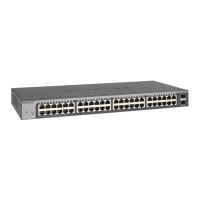
